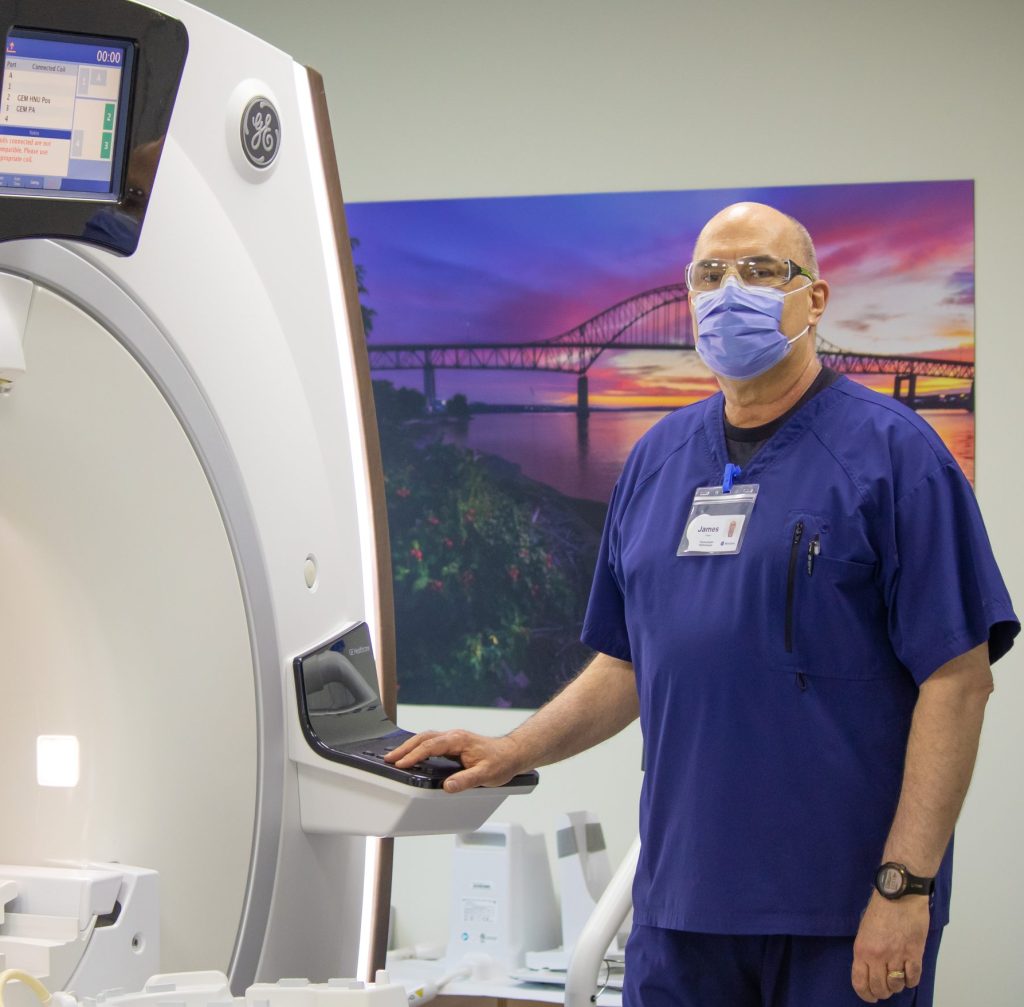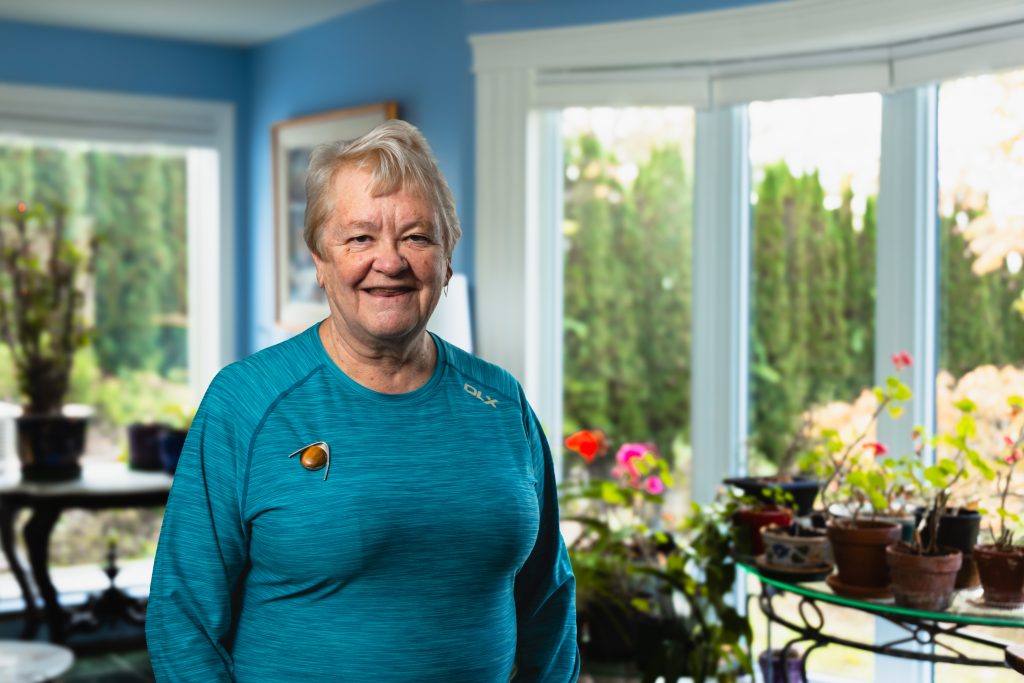News & stories, New Mass Spectrometer is a Game-Changer
August 2023
Diseases like diabetes and substance use disorder are both chronic health conditions that affect millions of people around the world. But the way we treat diabetic patients, for example, is very different from the way we treat drug users.
Diabetic patients receive medical care and education to manage their condition and prevent complications. They’re encouraged to follow a healthy diet and lifestyle, but they’re not blamed or shamed for their choices or behaviours. They’re not denied treatment or access to medication, even if they continue to eat sugar or have high blood sugar levels. They are not seen as weak, immoral, or criminal for having diabetes.
"The mass spectrometer will save us time and money. It will allow us to do more testing here in Saint John, instead of sending samples to labs in Toronto. But, most importantly, it will save lives. This more accurate data will help us treat people with substance use disorder. It will also help us reduce harm from the toxic drug supply on our streets. From a clinical standpoint, it really is a game changer for our community."
- Dr. Jennifer Shea, Clinical Chemist Saint John Regional Hospital
Substance users, on the other hand, often face stigma and discrimination from many sources, including the health system, the media, the law, and society. They’re often judged and blamed for their condition and told to just stop using drugs or make better choices. They’re often denied treatment or access to medication, such as methadone or naloxone, that can save their lives or help them recover. They’re often seen as dangerous, irresponsible, or unworthy for using drugs.
“A lot of people are self-medicating trauma,” Dr. Duncan Webster, Infectious Diseases Consultant & Medical Microbiologist explained. “Abuse, poverty, illness, pain — many people don’t have the resources or support to deal with trauma in a healthy manner.”
“It's not as simple as saying people just need to make better decisions,” Dr. Webster continued. “Think about how we treat a diabetic patient. You wouldn’t tell that person to just choose differently and get those sugars to improve. It’s much more complex than that.”
Stigma and discrimination often prevent people who use drugs from getting the help and support they need. And, in the worst-case scenario, stigma can lead to overdose and death, which can lead to more trauma for family, loved ones, and friends.
Every four days, a New Brunswicker dies of a drug overdose.
Drug overdose is a serious and growing issue in New Brunswick and across the country. And in small, tightly knit communities like ours, it’s hard to believe there’s anyone who’s not impacted by substance use in some way.
International Overdose Awareness Day, August 31, is a global campaign to raise awareness, reduce the stigma surrounding substance use, and prevent overdose deaths. And the new mass spectrometer at the Saint John Regional Hospital is key to reducing the harms of drug use, prevent overdose deaths, and improve health outcomes in our community.
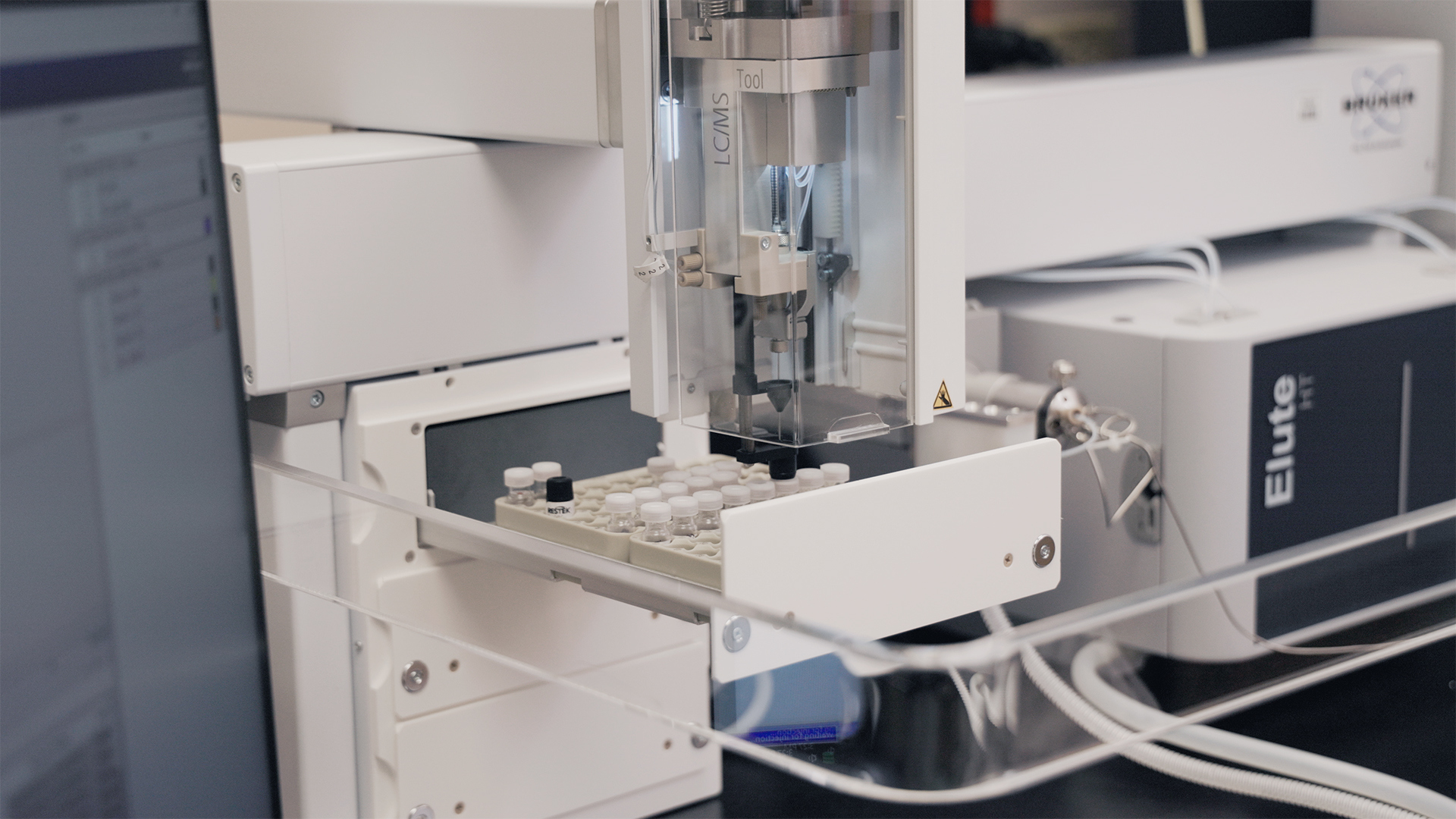
More accurate results, right here at home.
The Saint John Regional Hospital lab plays a vital role in overdose treatment and prevention by detecting and identifying drugs in patients’ blood and urine samples.
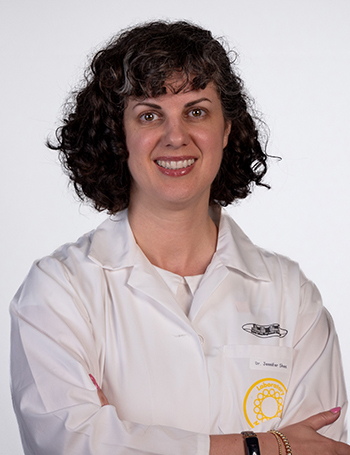
Dr. Jennifer Shea, Clinical Chemist at the Saint John Regional Hospital, said: “The new mass spectrometer is a game-changer for us. It really is the Cadillac in terms of technology and capability.”
“Until recently, our hospital lab relied on outdated, less accurate equipment that could only detect 8 classes of drugs. And when more accurate results were needed, we had to send samples to Toronto, or the United States. With the new mass spectrometer in place, we can accurately detect hundreds of drugs and drug classes,” Dr. Shea continued.
Opioids is an example of a drug class. And within the opioids class, are drugs such as morphine, codeine, or heroin.
“Before the mass spectrometer, we could say opioids were present in a sample, but we couldn’t identify the specific opioid drugs. This enhanced detection capability matters for several reasons,” Dr. Shea said.
“There are a lot of toxic drugs like fentanyl in the street drug supply right now. With the mass spectrometer, we can give physicians the detailed information they need to effectively treat patients. It also means we have better visibility into the street supply, too. We’ll be better equipped to help patients get the counseling and treatment they need,” Dr. Shea added.
How does the mass spectrometer work?
A mass spectrometer helps our lab team identify unknown substances in biological specimens. It does this by breaking the molecules into smaller pieces and sorting them, to see what they are made of.
To better understand the technology, it may help to think of a coin sorter, as an analogy.
Imagine you have a jar of coins from different countries, and you want to sort them by their value and origin. A coin sorter has a slot for each type of coin, based on its size, shape, and weight. The coin sorter separates the coins into different bins, and then counts how many coins are in each bin. This way, you could see how much money you have and where it came from.
Similarly, a mass spectrometer separates molecules by their mass, charge, and structure. It sorts molecules into different streams, and then detects how many molecules are in each stream — allowing lab technologists and scientists to see what kinds of molecules are in the sample, and where they came from.
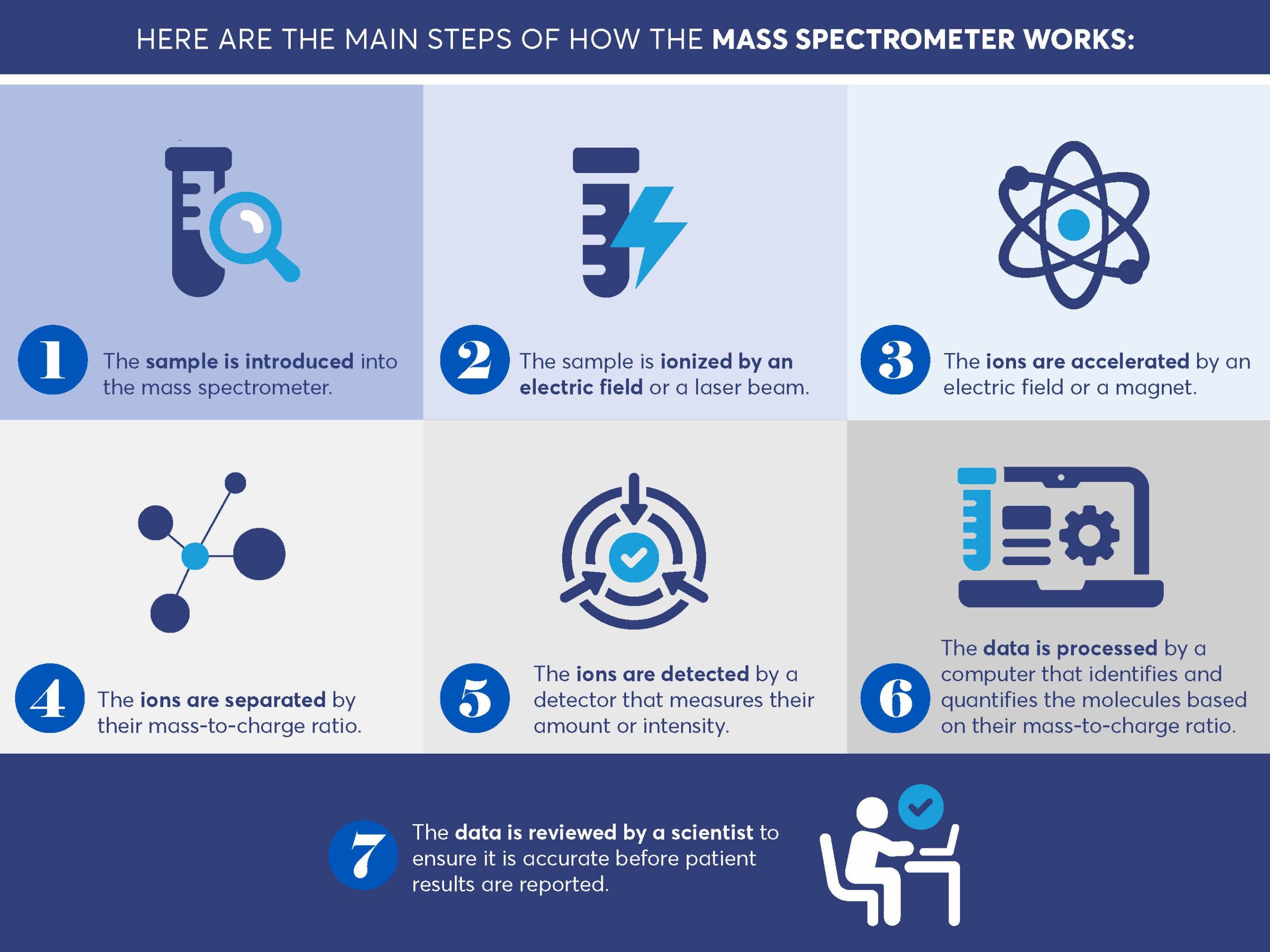
Breaking down the toxic drug supply.
Extremely potent and deadly substances such as fentanyl or carfentanil are often found in street drugs, such as heroin or cocaine. These synthetic opioids are toxic even in small doses. They can cause overdose, respiratory failure, and death.
Adding these toxic synthetic drugs to the street supply is one way drug cartels avoid detection and continue to smuggle illegal drugs across the borders. Drug cartels employ scientists to keep ahead of the authorities by constantly modifying the chemical structure of their products, creating new variants that are not yet classified as illegal or controlled substances. These variants, also known as analogues or designer drugs, may have similar or stronger effects than the original drugs, but evade detection by standard drug tests.
Synthetic opioids end up mixed with other drugs without the user's knowledge or consent. They are difficult to detect by sight, smell, or taste. This increases the risk of overdose and death for users who may not be aware of the potency or purity of their drugs.
This is where the mass spectrometer will play a key role.
“The mass spectrometer’s greater detection levels mean we can provide timely and reliable information to the public about the drug supply and its risks,” said Dr. Webster.
“We can issue public notices, for example, to alert people who use substances to risks when toxic drugs show up in the street supply,” Emily Bodechon (right), Laboratory Administrative Director, Saint John area said. “We’ll expand our relationships with the Chief Medical Officer, the Coroner, and Public Health to help keep people safe. It will lead to fewer visits to the Emergency Department for overdose, and ultimately, fewer deaths.”
“We can also provide targeted interventions to people who use drugs and offer them support and treatment options. And we can monitor the trends and patterns of drug use and supply in our community and plan our strategies accordingly,” Dr. Webster added.
Mass Spectrometer pitched during Lion’s Den medical competition.
In the fall of 2021, funders and donors were first introduced to the Mass Spectrometer through the Lion’s Den medical competition.
Dr. Shea, Dr. Webster and Bodechon pitched the purchase of the equipment under Team Improving Speed and Accuracy of Drug Detection. While not the winning project, loyal donors saw the importance of the technology and as a result funding was secured for its purchase.
“The mass spectrometer is a huge win for our lab, our hospital, and our community,” Dr. Webster continued. “We’re so grateful to all the kind and generous donors who helped bring this instrument to our hospital.”
You can make a gift today, ensuring that hospital staff continue to have access to priority medical equipment to provide the best patient care at your hospital
About International Overdose Awareness Day – August 31
International Overdose Awareness Day, held August 31st each year, is the world’s largest annual campaign to end overdose, remember without stigma those who have died from overdose, and acknowledge the grief of the family and friends left behind.
The 2023 theme “Recognizing those people who go unseen” is about acknowledging people in our communities who are affected by overdose but might go unseen in the crisis: grieving loved ones, first responders, and healthcare workers, for example.
Events are held annually and can be found by visiting the International Overdose Awareness website.
You can find information for people who need help with substance use, including overdose prevention resources by clicking here.
